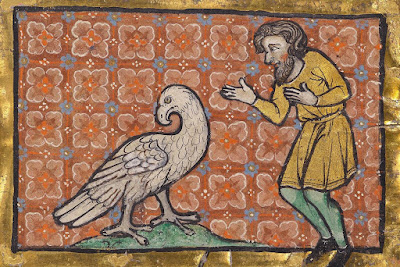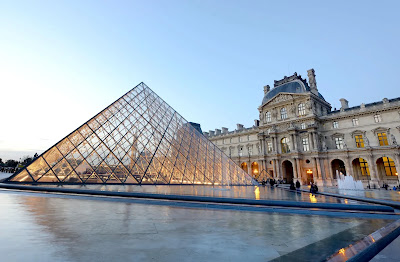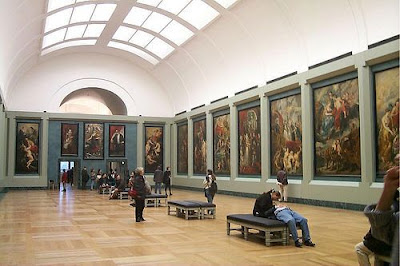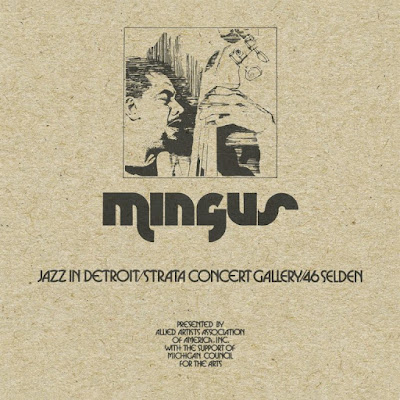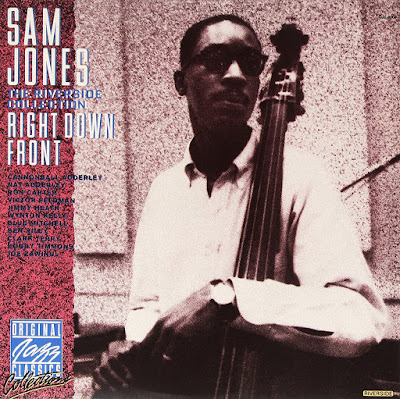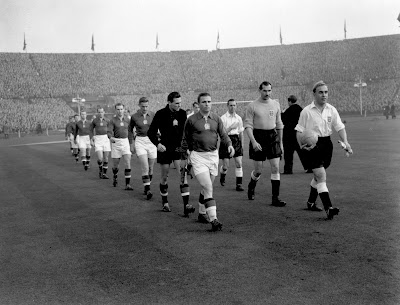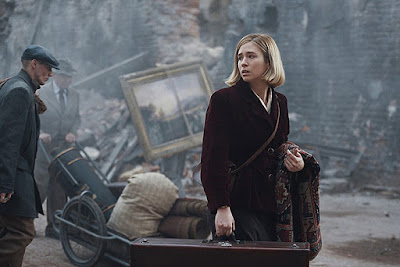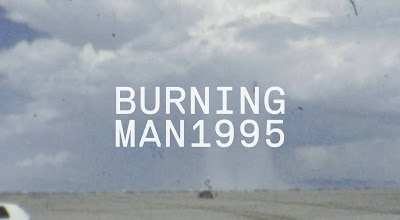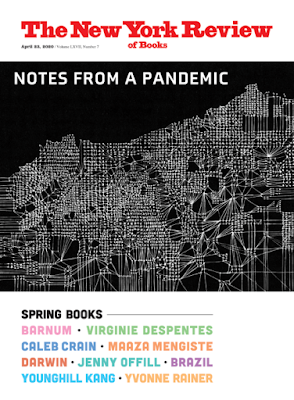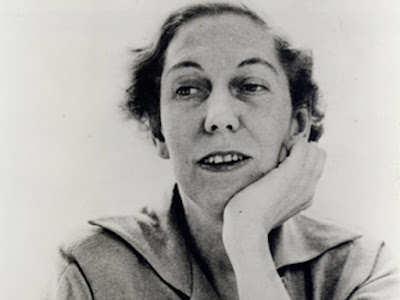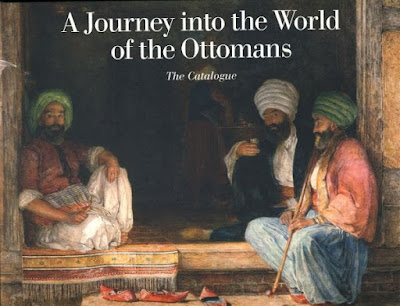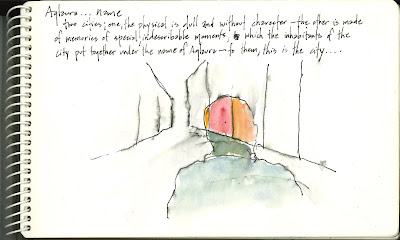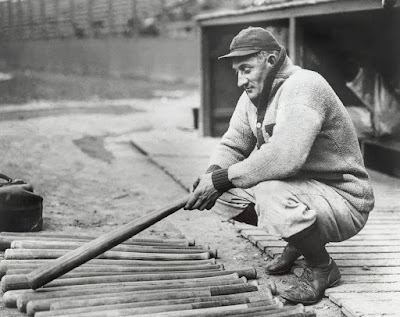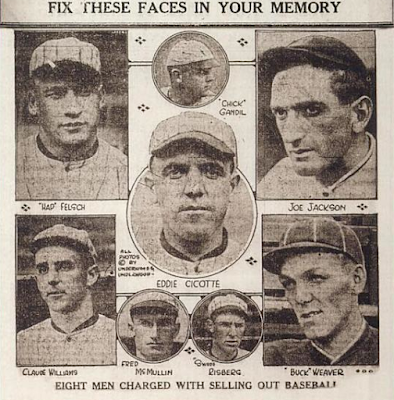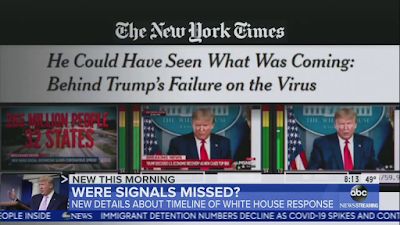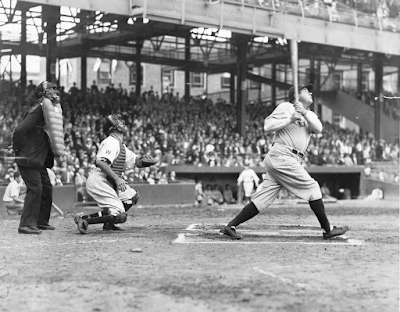
Babe Ruth
"The live-ball era, also referred to as the lively ball era, is the period in Major League Baseball beginning in 1920 (and continuing to the present day), contrasting with the pre-1920 period known as the 'dead-ball era'. The name 'live-ball era' comes from the dramatic rise in offensive statistics, a direct result of a series of rule changes (introduced in 1920) that were colloquially said to have made the ball more 'lively'. ... The impact of the rule changes was felt almost immediately. In 1920, the game changed from typically low-scoring to high-scoring games, with a newfound reliance on the home run. That year, Babe Ruth set a record for slugging percentage and hit 54 home runs (smashing his old record of 29). ... Seeing his success (and his popularity that followed), young players who debuted in the 1920s, including Lou Gehrig and Mel Ott, followed Ruth's example. ..."
W - Live-ball era
PBS Part 4: A National Heirloom (Video)
“Babe Ruth Days”
Baseball’s Golden Age: Part One – The 1920s

Rogers Hornsby
W - Murderers’ Row, The Man Who Created Yankees’ Murderers’ Row
W - Ray Chapman, W - Hack Wilson, W - Rogers Hornsby
W - Golden age, Negro National League 1920–31, Eastern Colored League, Negro World Series, Bill Sport's Maps
World Series: 1920, 1921, 1922, 1923, 1924, 1925, 1926, 1927, 1928, 1929
YouTube: A Championship Legacy: 1927, Indians v. Yankees 1920, World Series 1921, A Championship Legacy: 1923, Watch the Washington Senators Win the World Series in 1924, World Series 1925, World Series 1926, A Championship Legacy: 1928, 1929 World Series Philadelphia A's vs. Chicago Cubs
YouTube: HBO Sports Babe Ruth 59:17
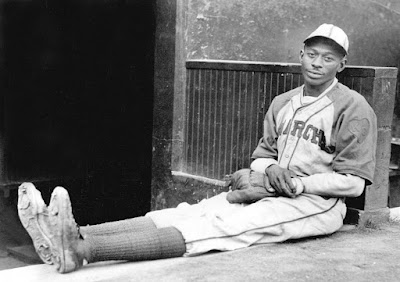
Satchel Paige


